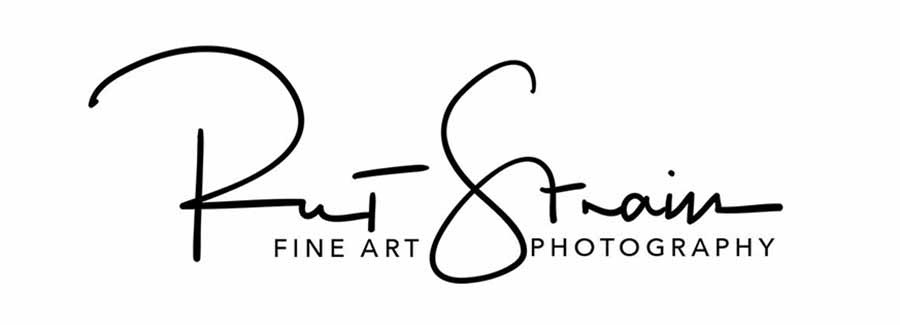HANG IT!
How to Hang Wall Art
Hanging pictures is easy, right? If you have one picture to put on a wall, it’s usually not much of a problem, but what do you do when you want to hang several pictures all at exactly the same height. Find out the tricks of the trade in this article.

First, let’s cover the preferred types of mounting systems that are on the back of pictures. Most preassembled framed pictures like what you would buy at Aaron Brothers have preinstalled articulating D-rings near the edges. Eyed hooks should be avoided so if that is what you have, replace them. The D-rings are for wires rather than hooking directly to hooks on the wall. When doing this yourself, place the D-ring 1/3 of the height of the frame, measured from the from the top of the frame. Plastic coated steel wire will be easier on your hands and is less likely to mar walls than stranded wire. If you are stringing your own wire, the preferred way to tie the wire ends is shown in the diagram. Leave five or six inches of wire to wind around the main wire. Use sharp wire clippers to trim the ends neatly. Your finished wire will be used for two hooks that are spaced at least one fourth of the frame width apart.

Prints on aluminum or face-mount to acrylic prints will have usually have an aluminum backing hardware similar to (A). This is the type of system preferred by most production photo labs. It will hang on hooks or a metal cleat. These mount systems allow the print to stand off the wall, adding dimension to the piece. The interlocking metal cleat (B) is available in some hardware stores and the wood French cleat (C) can be made if you have a table saw. These alternatives make for very easy hanging, and are especially recommended for very large pieces. These options will require anchors in the wall. Note that (B) does not provide much set off. Both the aluminum rail and French cleat have a nice advantage over strung wires. They provide a secure system where your pictures will not need adjusted for level again after installation. For secure systems where you might be concerned about losing your artwork, such as in a public place or a rental unit, you might consider a locking system that will deter theft.
The preferred type of hook and nail system is one that does not chip plaster easily. The nails are hardened and thin (shown above) You will use two of these hooks for every art piece so that leveling is easy and movement is minimized. The problem is where do you put the two nails in the wall? If you have purchased a print that fits a space properly, you will do like we all do. The guy holds the picture up against the wall and the gal tells him where it goes. Then you estimate where the nails go and you hope it comes out right.
With a single picture it is preferred to hang the piece off-center on a large wall. If it is over a piece of furniture, the furniture is usually off-center in the room but the picture will be centered over the furniture.

When you have more than one picture to hang, it gets more challenging. For a collection of smaller pictures, lay them all out on the floor first with spacing as you like it. If you are considering ordering a grouping of pictures and want to adjust the sizes, lay them out in a word processing program as I have done in this plan for a gallery wall. Consider the outside edges of the group as if that is one picture when deciding the position on the wall. For your collection, a bit of randomness often works better than perfect symmetry. If hanging a series of pictures across the wall, eye height is best for viewing.
For a grouping or row, start with the center of the pictures at eye height. With the grouping take measurements from the top edges of all the pictures as they relate to one another while they are still on the floor. You will transfer these measurements to the wall as you hang each picture. Once you have positioned your initial picture or row, you will work off that position.

To keep a row level, start by marking the desired height of the top of the picture and a center point for that picture. Use either a laser level or a carpenter’s six foot level to keep the heights of multiple pictures the same. If you are hanging multiple pictures it is fully worth it to have a Hang It Perfect tool, available from Amazon for $20-40 depending on the tool size you choose. This tool will keep your hook spacing even and will adjust for the varying tautness of wires on multiple pictures. To use the tool, you will set your picture on the floor and place the vertical members the desired width. Hook the picture wires so the tool is centered, then adjust the vertical members so the top of the tool runs along the top edge of your picture frame. The tool is then placed on the wall along your top line and centered to your picture center location. Pins on the tool will mark your hanger location. An instructional video is available online.
It’s that easy and less frustrating than a trial and error system. Send me pictures of your finished wall!
To comment on any article, use our contact form. Be sure to let me know if it is okay to publish your comment to the bottom of the form.
